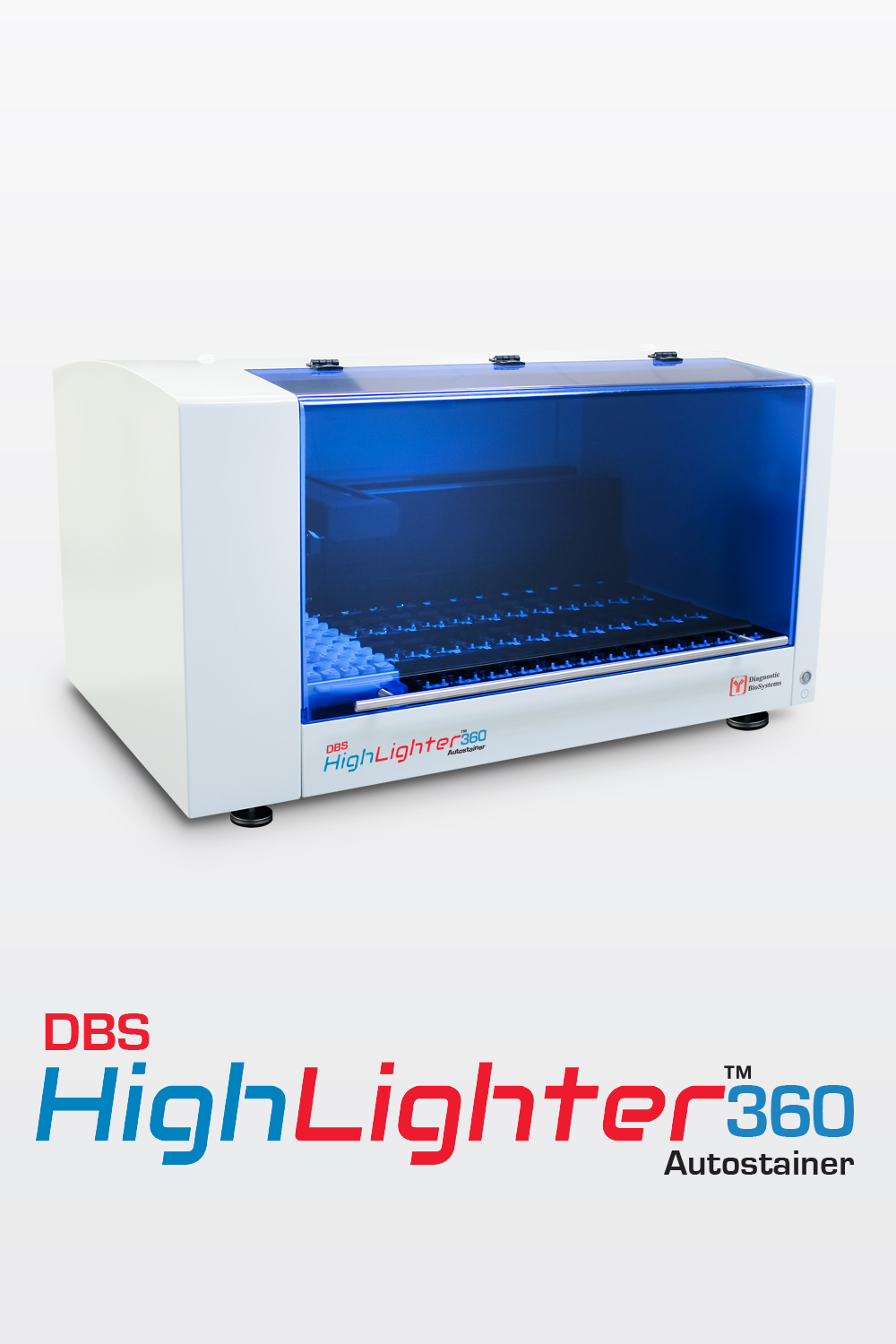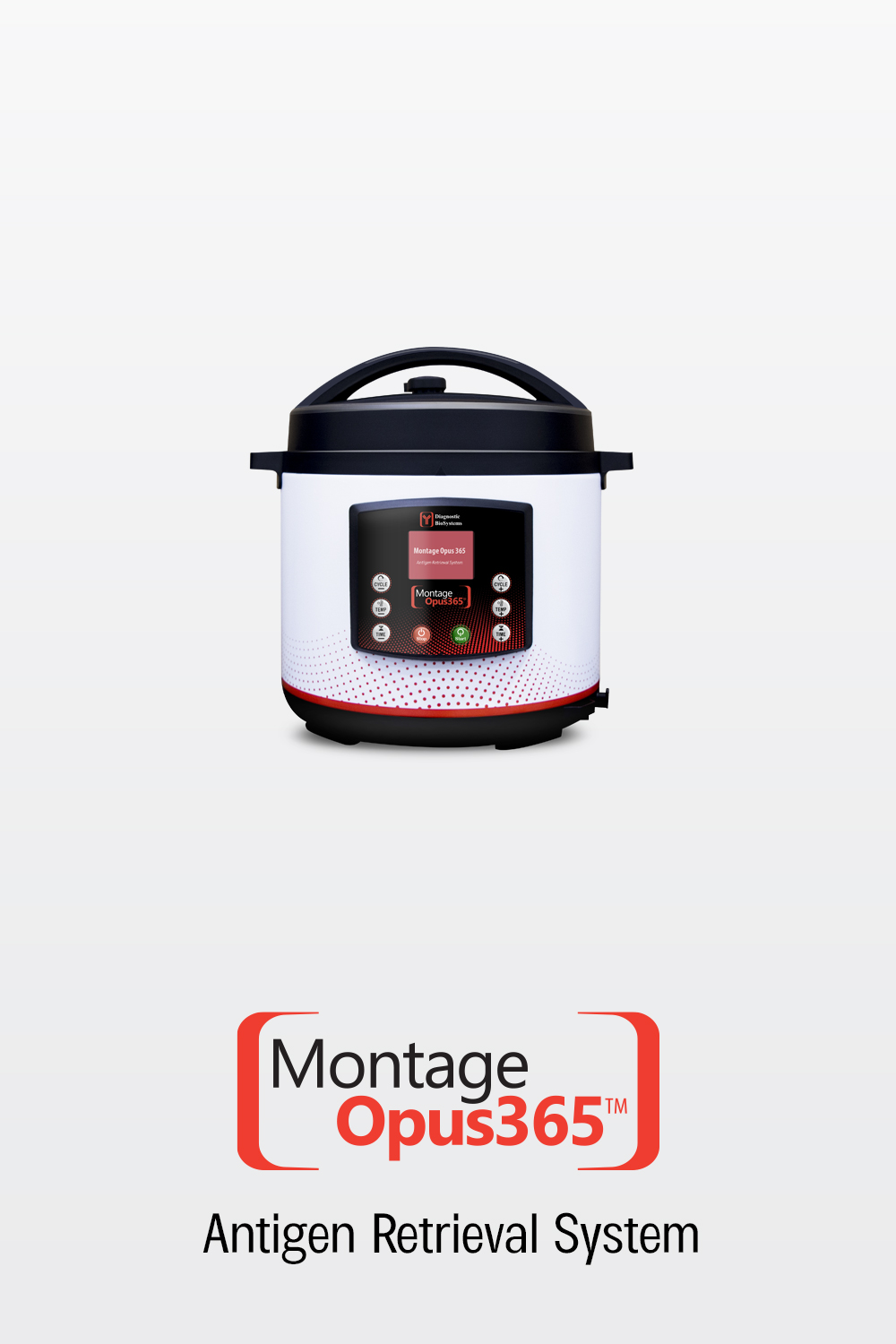CANCER AWARENESS
Multiple Myeloma Awareness Month! 2025
Did you know? Your plasma cells, which are usually the heroes of your immune system, can sometimes go rogue and turn into villains!
Multiple Myeloma (MM) – a blood cancer where plasma cells multiply uncontrollably, crowding out healthy blood cells in the bone marrow and causing troubles. Under normal condition, the plasma cells account for approximately 2% or less cellular population in the bone marrow. However, the disease multiple myeloma shows more than 10% of neoplastic plasma cells occupying the space of bone marrow. The disease multiple myeloma occurs more frequently in people over the age of 60 years old.
When pathologists make a diagnosis of multiple myeloma, they usually need not only morphology but also immunohistochemistry (IHC) markers.
IHC markers are functioning as detectors for showing neoplastic plasma cells:
- CD138: The plasma cell identifier and quantifier, helping pathologists pinpoint normal and abnormal plasma cell populations.
- MUM1 (Multiple Myeloma Oncogene 1): Indicates the presence of activated B-cells and plasma cells.
- CD56: Helps identify malignant plasma cells with a good prognosis, as normal plasma cells usually lack CD56 expression.
- Cyclin D1: Identifies a subset of plasma cell myeloma with superior overall survival.
- Kappa & Lambda light chains: Essential in demonstrating the monoclonality of neoplastic plasma cells, showing either kappa-producing or lambda-producing neoplastic plasma cells as a diagnostic hallmark for plasma cell dyscrasias.
Why Should You Care?
Understanding MM isn’t just for scientists. With new therapies and diagnostic tools, we’re getting better at battling this blood cancer. Whether you’re in healthcare, research, or just a curious mind, knowing the signs and advances can make a real-world impact. At Diagnostic BioSystems we provide high-quality IHC markers for accurate and reliable MM diagnostics. Let’s fight cancer with precision!




